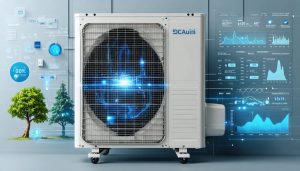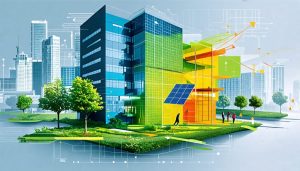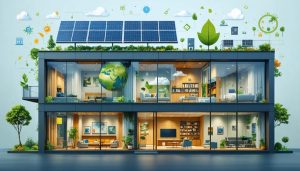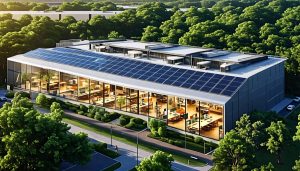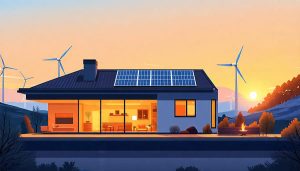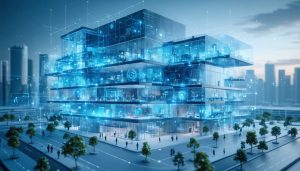
Smart Building Systems Are Transforming Energy Management (Here’s How)
Smart building systems represent a transformative leap in modern construction, integrating smart building technology with advanced automation to revolutionize how structures operate, consume energy, and serve their occupants. These intelligent ecosystems leverage IoT sensors, artificial intelligence, and real-time analytics to create buildings that actively respond to environmental conditions, occupancy patterns, and operational demands. By connecting HVAC, lighting, security, and facility …

